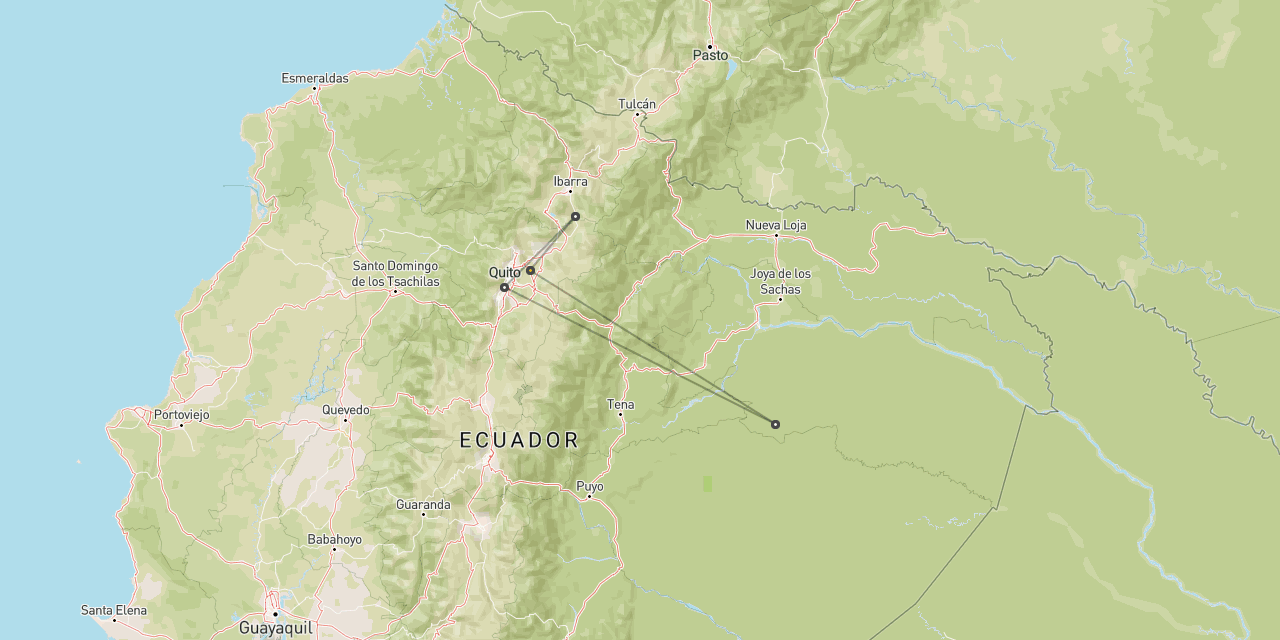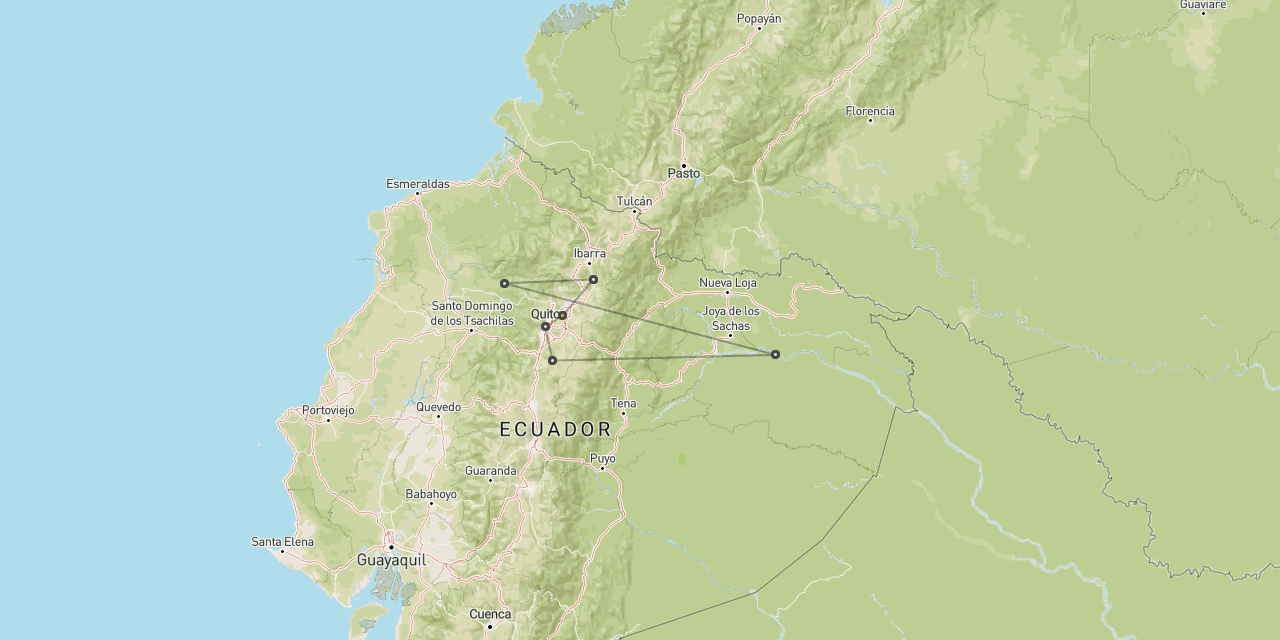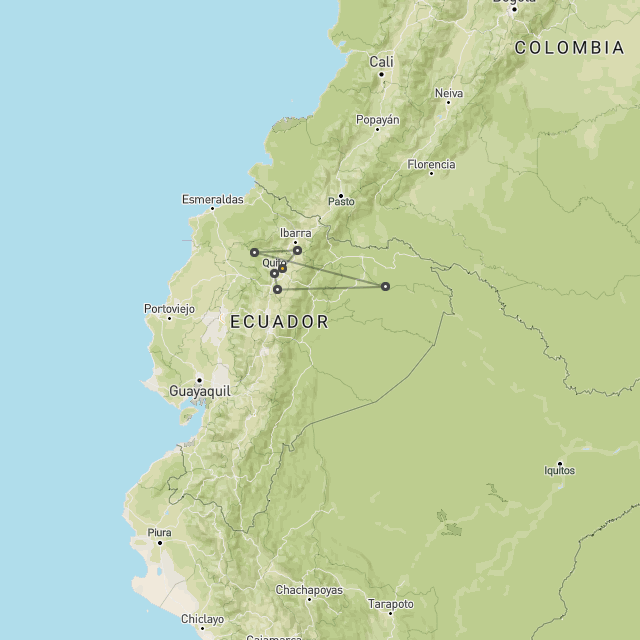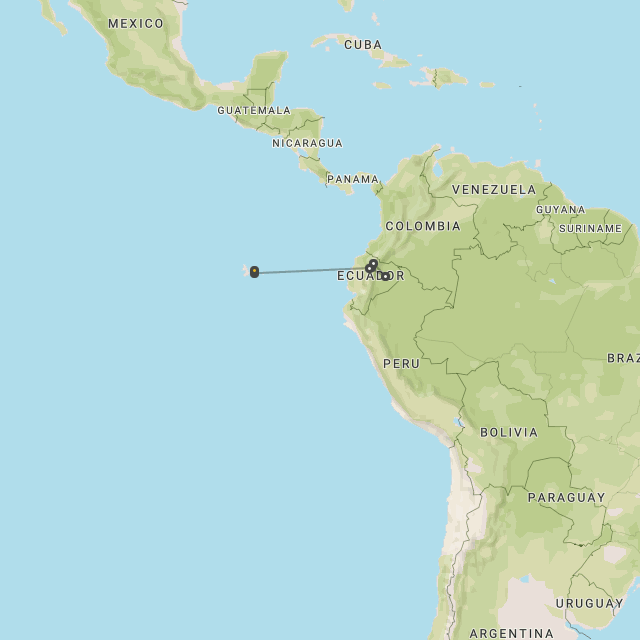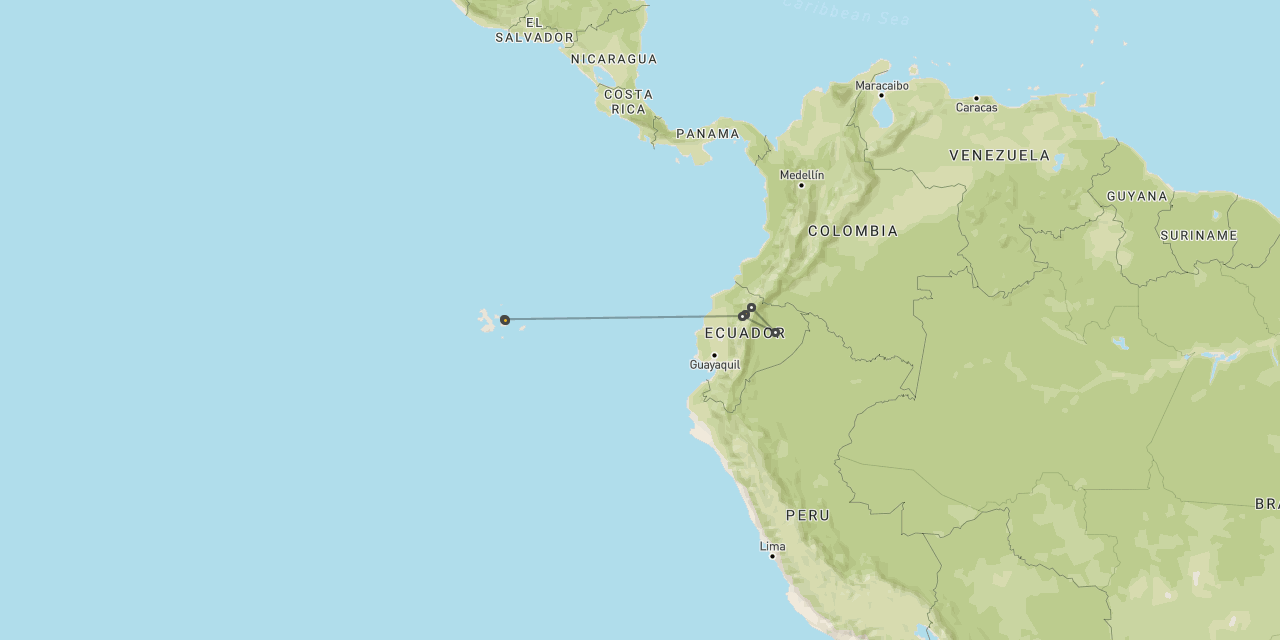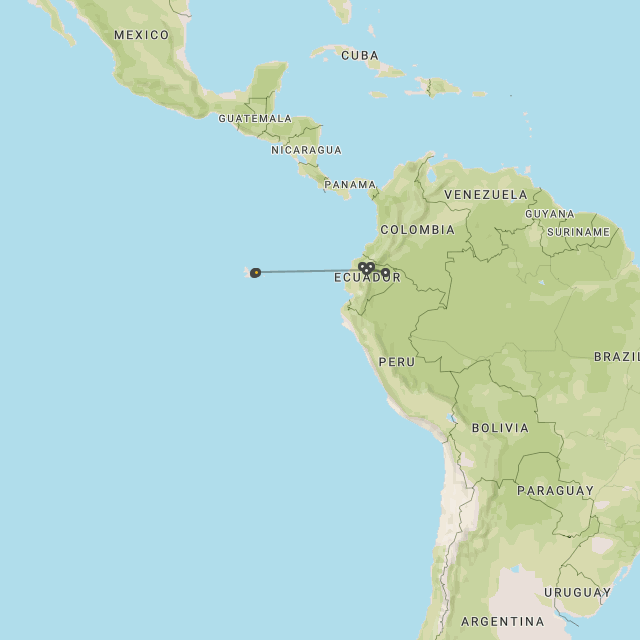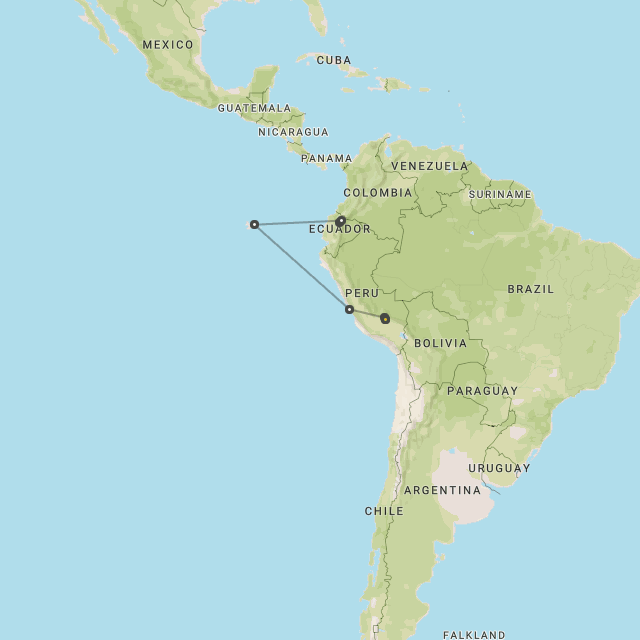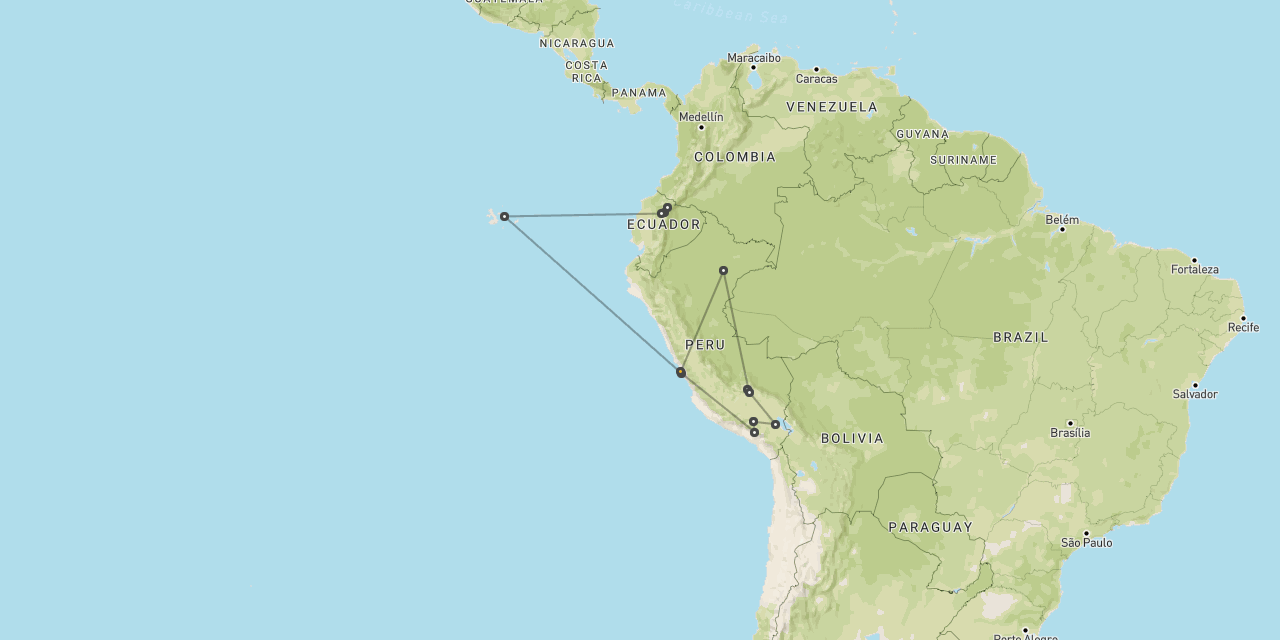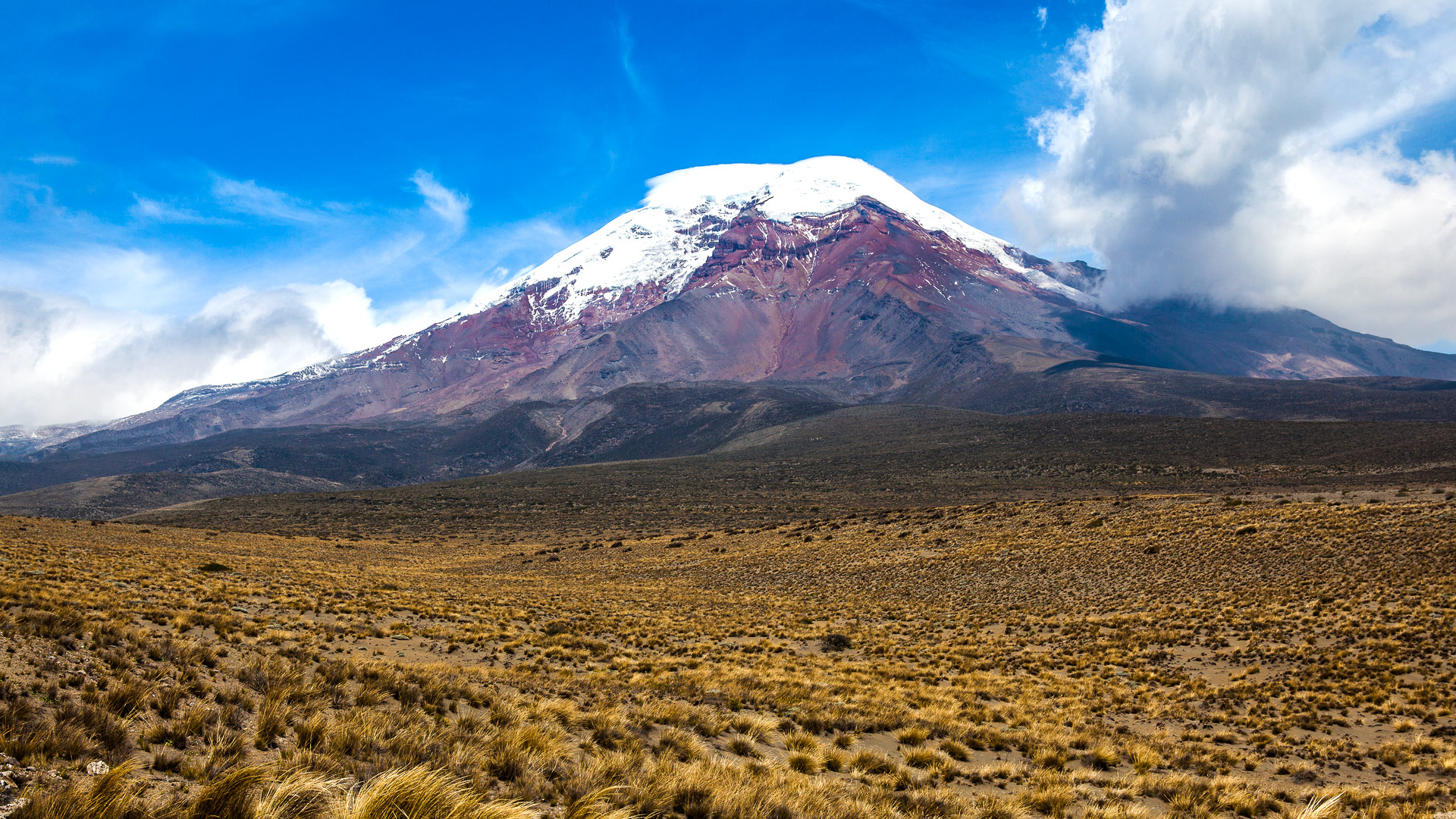
Safari to Riobamba
Riobamba
is a pleasant town
to the south of Quito
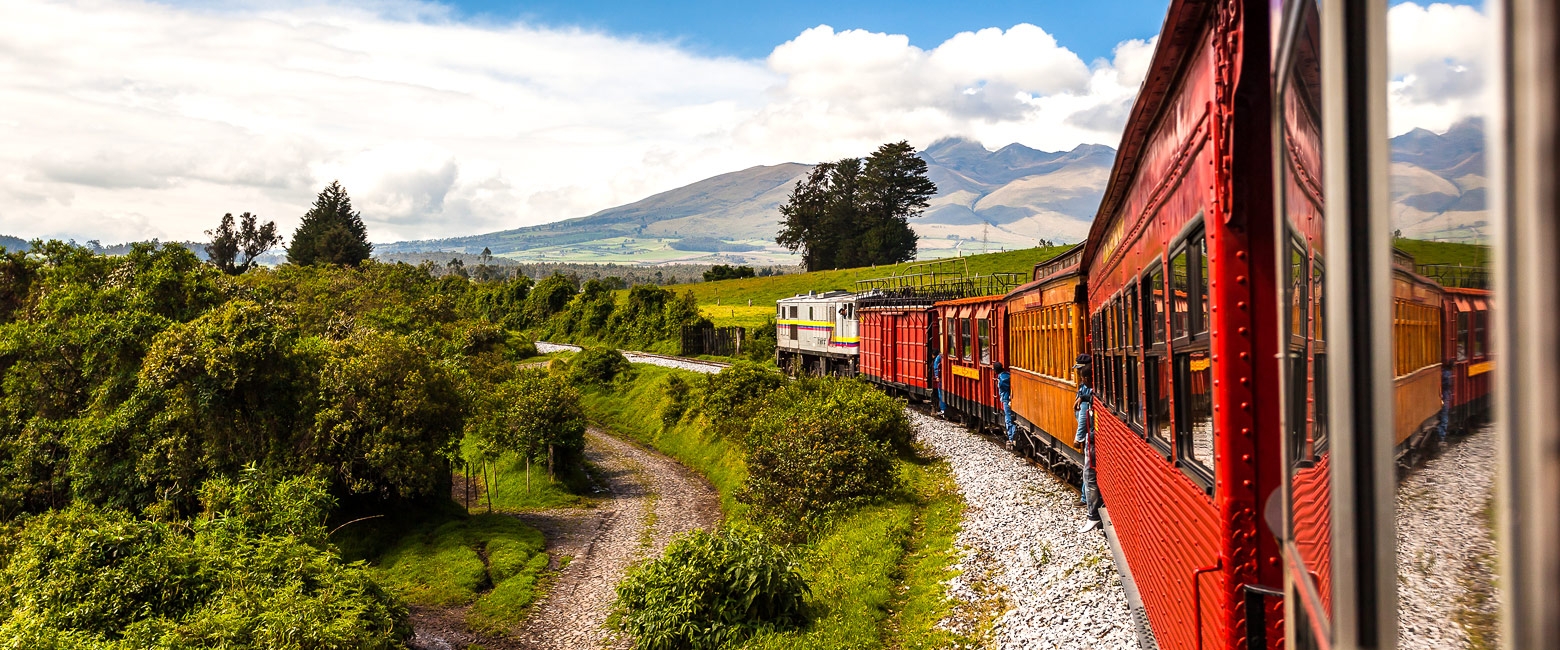
access to the highest mountain in Ecuador
Set amongst the central peaks of the Ecuadorian Andes, around 175 km south of the capital Quito, Riobamba is a relatively modest town, certainly without the historic grandeur of Quito and the colonial charm of Cuenca.
The incredibly stable and amenable climate in these high valleys has long proved attractive to settlers, with evidence of human presence dating back over 10,000 years.
During the early 1500s, the local Puruhá people provided fierce resistance to the Inca incursions from the south and only became subdued through treaty rather than conquest. Following the Spanish defeat of the Inca later that century, Riobamba was the first major city to be established, in the year 1563.
In 1797 the city was completely destroyed by a major earthquake and rebuilt from scratch around 14 km (9 miles) from its original location, meaning that there are no Inca or early Spanish buildings to be found here.
The city contains a limited selection of historic buildings, a handful of small museums and some modestly interesting markets.
The main reason to include Riobamba in a trip is in order to experience the famous Nariz del Diablo train ride or to explore the area around Volcán Chimborazo, the highest mountain in Ecuador.
Riobamba is usually visited as part of an overland exploration, travelling south by road from Quito, through the Avenue of the Volcánoes to Cuenca. From there it is possible to turn west and travel down to the coastal city of Guayaquil, to pick up a flight to Galapagos.
Nariz Del Diablo
The scenic train ride from Riobamba to the famous Nariz Del Diablo and back is a popular (but inherently rather touristy) diversion.
The vintage train (which is sometimes or partially pulled by steam locomotive) departs the main station in Riobamba early morning, travelling first down to the town of Alausí (where it is also usually possible to join it), before undertaking a dramatic 6 km (4 mile) descent.
The Nariz del Diablo itself is a very steep-sided mountain ‘nose’ which projects out over a dramatic river valley. The railway builders were obliged to carve a tortuous route out of the face of this mountain, including a number of locations where the train actually has to reverse directions, in order to navigate the various switchbacks.
Once at the bottom, the train takes a short breather, before climbing all the way back up, with most guests disembarking at Alausí, in order to continue on south by road to Cuenca in the afternoon.
Before 2009 passengers were permitted to sit on the roof, but this practice has unfortunately been prohibited for safety reasons.
Volcán Chimborazo
At 6263 metres (20,548’), Chimborazo is the highest mountain in Ecuador, a classic snow-capped volcano that stands majestically above the western side of the Avenue of the Volcánoes.
The summit of the mountain is famously the point on the surface of the Earth which is furthest from the centre. Despite being almost a third less tall than Mount Everest and not even being the tallest mountain in the Andes, its position on the Equator boosts the distance sufficiently, the planet being rather broader than it is tall.
The climb to the top of Chimborazo is a pretty hardcore undertaking, suitable only for experienced mountaineers and not something that we generally offer.
However it is possible to stay at a lodge in the foothills and spend time exploring the high altitude moorlands and forests, as well as visiting various remote agricultural communities.
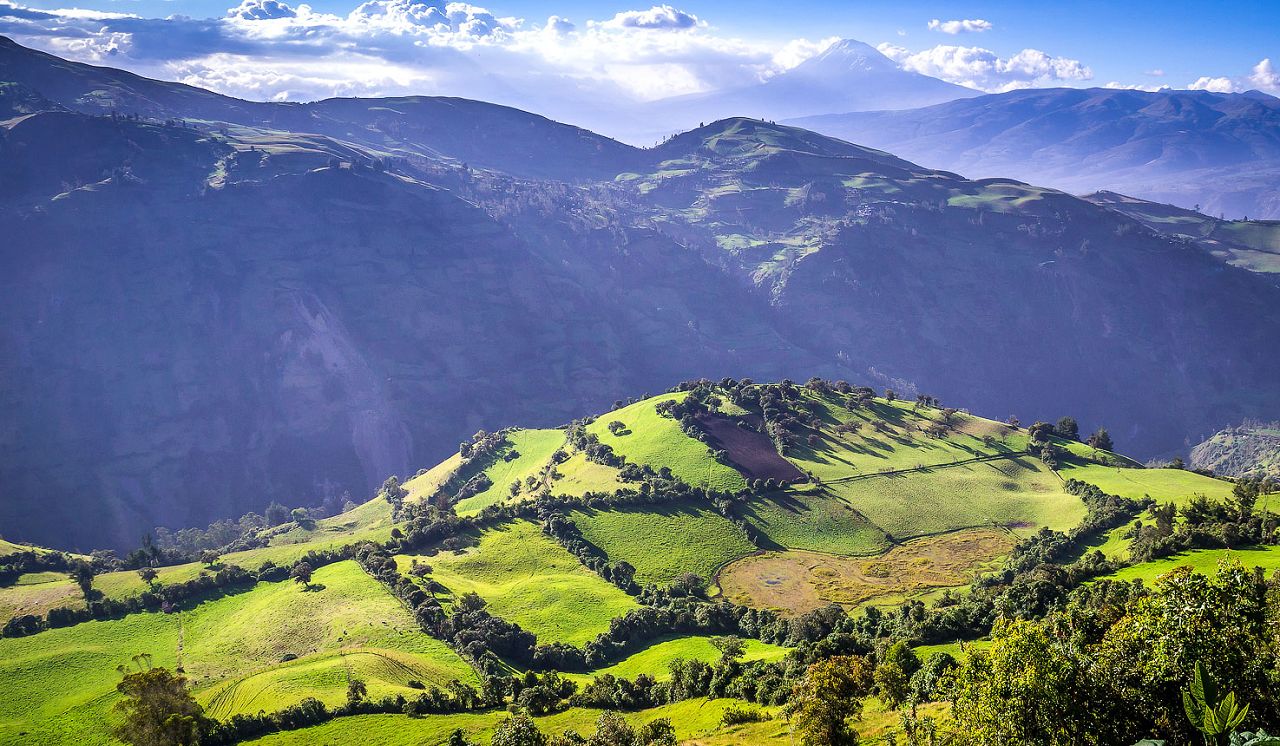
Gallery
Map
The best time to visit Riobamba is generally considered to be during the Jun-Sep dry season.
Riobamba has a subtropical highland climate. Temperatures are almost constant year round, with the two seasons being largely defined by the variation in rainfall.
Although the weather patterns are essentially similar to those in Quito, the extremes are slightly less and the place remains attractive year round.
During the Jun-Sep dry season conditions are usually warm and dry, with lots of sunshine. Average daytime temperatures usually reach around 20C/68F, with nighttime lows dropping to around 10C/50F. Rainfall is moderate, at around 50mm (2”) per month. Sunshine is up around 7 hours per day, which is around 60% of daylight hours.
During the Oct-May rainy season conditions are usually slightly more warm and wet, with more overcast skies. Average daytime temperatures usually reach around 23C/74F, with nighttime lows holding up around 11C/52F. Rainfall is slightly higher, at around 75mm (3”) per month, rising to 100mm (4”) in Mar-Apr. Sunshine drops to around 5 hours per day, which is around 40% of daylight hours, but can be even lower during that core Mar-Apr period.
Getting there
The Riobamba area only tends to feature in trips which are making the overland traverse down the so-called Avenue of the Volcánoes, from Quito in the north to Cuenca in the south.
It is therefore almost always reached by road.
Where to stay
The first accommodation option in the Riobamba area is to stay at one of the lodges closer to the town, which is the usual thing to do if you are travelling south from Quito and planning to do the Nariz del Diablo train ride from Alausí early next morning.
If you are keen to explore the area around Volcán Chimborazo, then it may make more sense to stay at a lodge up in that area.
usually a one night stop, except for mountaineers
let us know your thoughts about Ecuador
and we will help you create the perfect trip
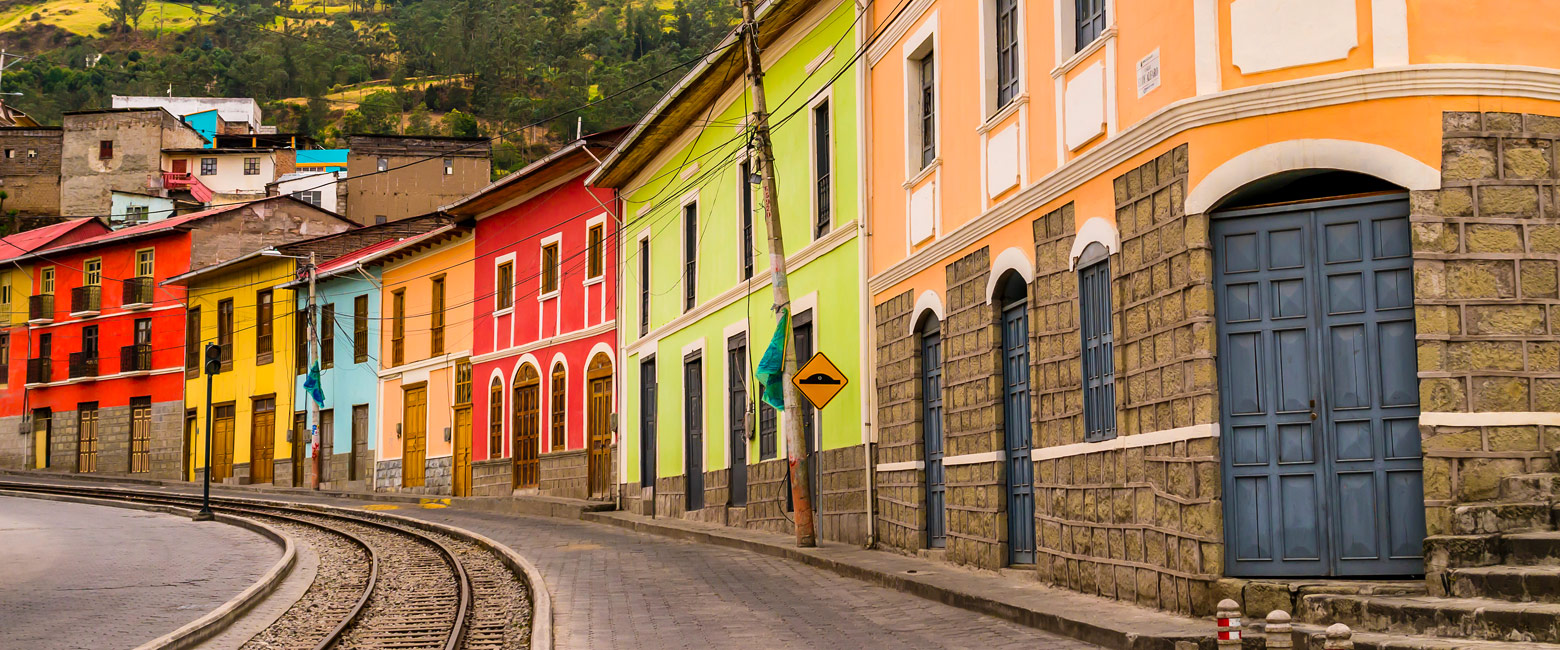
Extraordinary tailor-made adventures,
from earthy and edgy to easy and extravagant
From around USD 2500 per person, you set the ceiling
Sample Trips
Here are some of our popular trip shapes

Get started on your trip
It’s never too soon to get in touch, we are here to help with every stage of your planning.
Best Lodges
We regularly inspect and photograph all of the the best lodges, to ensure that we always recommend the most suitable options
Key Locations
Take a look around related locations. Click ‘View more’ to explore locations further afield.
Where Next?
Where Next?
We offer trips to dozens of fabulous countries.
Might one of these might be your next great adventure?

Please rotate your screen.











